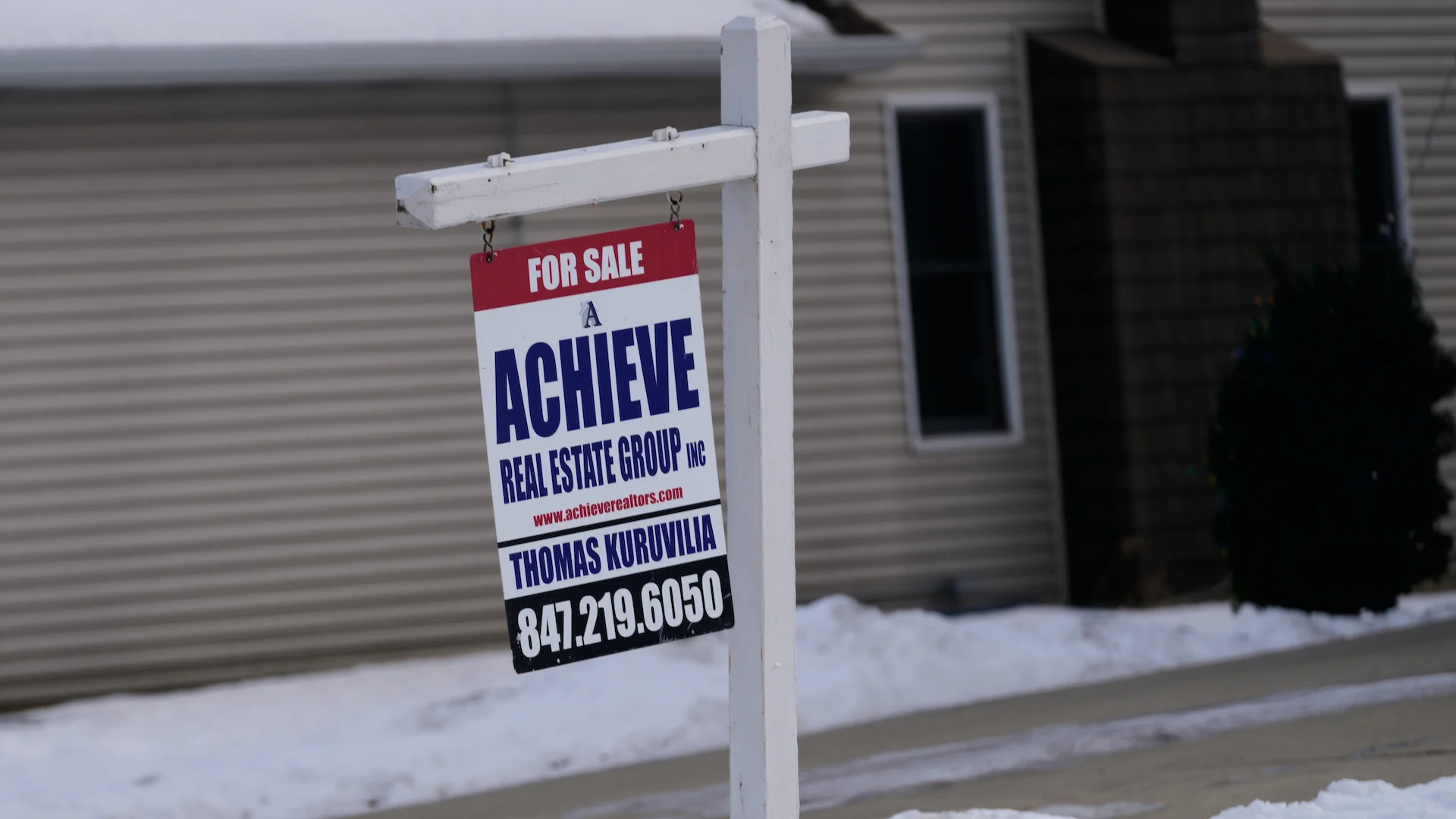#mortgage-rates
#mortgage-rates
[ follow ]
#housing-affordability #home-prices #housing-market #federal-reserve #housing-inventory #affordability
fromAxios
1 week agoWhere people moved to (and from) in 2025
State of play: Roughly 2 in 5 people moving into Arkansas landed in Bentonville, home to Walmart's corporate headquarters, per the analysis. Other popular states for inbound moves include Hawaii; Washington, D.C.; Tennessee; Washington state and Alabama. The other side: Louisiana recorded the highest share of outbound moves for the second year in a row, followed by West Virginia and Wyoming.
Real estate
fromBusiness Insider
1 week agoWealthy home sellers are acting as the bank for their buyer
So Austin decided to try something a bit unconventional. He offered seller financing - an agreement in which the seller acts as the lender, typically providing the buyer with a short-term home loan. In Austin's case, he held firm on the home's sale price, but offered a below-market interest rate to entice buyers. As soon as he offered the creative financing option, interest picked up.
Real estate
fromRedfin | Real Estate Tips for Home Buying, Selling & More
2 weeks agoHow Homebuyers Are Using 2-1 Buydowns to Make Early Payments More Affordable
A 2-1 buydown can be a useful option for buyers who want lower mortgage payments in the first years of homeownership-especially in today's higher-rate market. Whether you're buying a house in Austin, TX or searching for a home in Denver, CO , this temporary rate-reduction option can make the early years of a mortgage more affordable.
Real estate
fromwww.independent.co.uk
2 weeks agoLenders fire up mortgage wars as rates touch 3.5% in boost to buyers
From reproductive rights to climate change to Big Tech, The Independent is on the ground when the story is developing. Whether it's investigating the financials of Elon Musk's pro-Trump PAC or producing our latest documentary, 'The A Word', which shines a light on the American women fighting for reproductive rights, we know how important it is to parse out the facts from the messaging.
UK news
Real estate
fromBoston Condos For Sale Ford Realty
3 weeks agoDecember Housing Data Can Early Forecast 2026 Boston Condo Sales Boston Condos For Sale Ford Realty
Mortgage rates, Treasury yields, inventory, mortgage applications, and home prices will determine housing market direction and affordability through 2026.
fromBoston Condos For Sale Ford Realty
3 weeks agoBoston Real Estate 2026 Predictions Boston Condos For Sale Ford Realty
The real estate market was largely frozen in 2025. Boston condo sales continued to slow, as low inventory, high prices and relatively expensive mortgage rates kept many would-be homebuyers locked out of the market. The annual buyer and seller profile from the National Association of REALTORS® found the share of first-time buyers to be at its lowest level in history, as the median age of these buyers hit a record high of 40.
Boston real estate
Real estate
fromRedfin | Real Estate Tips for Home Buying, Selling & More
1 month agoLender-Paid Mortgage Insurance (LPMI): What It Is, How It Works & Whether It's Worth It
Lender-paid mortgage insurance eliminates monthly PMI by raising the mortgage interest rate, lowering monthly payments but increasing long-term interest costs and reducing refinance flexibility.
fromSFGATE
1 month ago2026 Housing Market: Stable Rates, Rising Costs Ahead
The planning seems to take forever, everything's more expensive than you thought it would be, and stress can quickly reach "Should we even be doing this?" levels. All of that leads up to a single day - closing day for buyers or the wedding itself - that goes by in the wink of an eye. And that one day isn't an end, it's a beginning.
Real estate
Boston real estate
fromBoston Condos For Sale Ford Realty
1 month agoBoston Condo For Sale Market Comps Heading Into 2026 Boston Condos For Sale Ford Realty
Boston condo prices will rise modestly in 2026 with slightly higher inventory, steady demand, continued affordability challenges, and no major crash.
fromwww.ocregister.com
1 month agoWould Trump's 50-year mortgage have a much higher rate?
A key criticism of offering house hunters a longer-term borrowing option is that it would not save borrowers a significant amount of money in the short term and would drive up buyer's financing costs in the long haul. Numerous housing gurus claim the interest rate on these half-century loans would be significantly higher than the traditional 30-year mortgage. This logic is largely based on the fact that 30-year fixed-rate mortgages are more expensive than the already available but lesser-used twist, the 15-year home loan.
Real estate
Real estate
fromFast Company
1 month agoHousing affordability is so strained that Trump is considering 50-year mortgages. Here are 11 things to know
Fannie Mae and Freddie Mac remain in conservatorship with up to 5% share sales; a proposed 50-year mortgage could lower payments but raise interest rates.
[ Load more ]






































